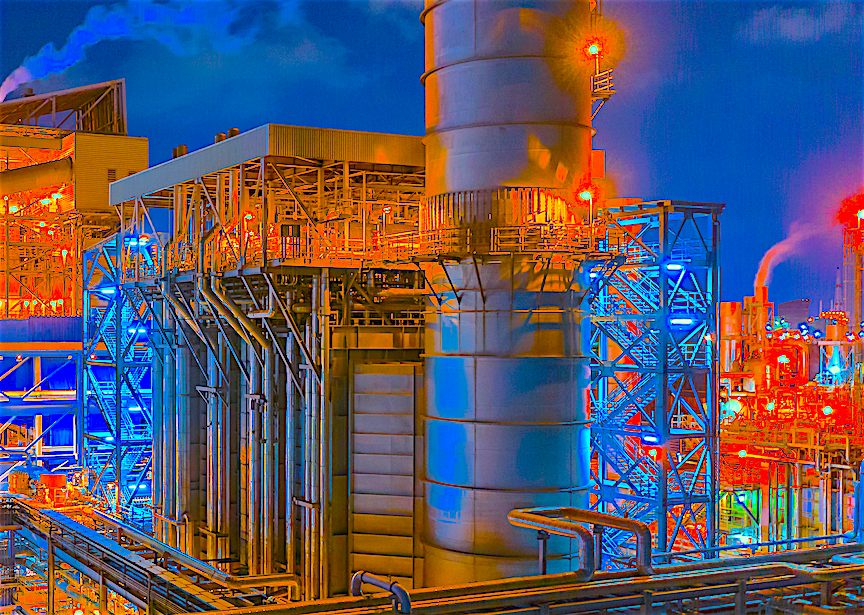The global pandemic we’re now facing has put all of us, individuals and businesses alike, on an emergency footing. COVID-19 has already closed down or seriously affected the operation of most public facilities, and is likely to bring much of industry to a severe slowdown and/or closure as organizations begin to either retool their operations to manufacture emergency supplies, or temporarily lay off their operational workforces for the foreseeable future.
Although a state of emergency currently exists, an “all clear“ will eventually be issued. In anticipation of that “all clear,” all facilities, equipment, and machinery must be kept in a state of readiness for startup. Ensuring this readiness will require a modified asset-management approach throughout the crisis period.
Interestingly, with unprecedented access to all equipment assets, and only a skeleton crews in place in many facilities, the current situation offers a unique kaizen opportunity to clean, adjust, calibrate, align, lubricate, torque all fasteners, change filters, and tag any issues so that the equipment and machinery can be maintained in a “like new” state. Fortunately, most of this kaizen work can be performed solo, which enables reinforcement of any “social distancing” requirements in the workplace.
Once all fixed-asset cleaning and setup is complete, maintenance departments/personnel may want to consider pursuing one or more of the following improvement opportunities:
♦ If your organization supports an MRO-spare-parts inventory, perform an inventory analysis, cleanup, and count.
♦ Set up a lubrication-management program. This can involve mapping out the lubrication points of every machine, building a lube room, changing out single grease points for multi-point automated lube systems, etc.
♦ Implement a 5S program for the maintence-shop floor area and/or the entire plant floor.
♦ Update your equipment-asset inventory list.
♦ Put in place a tool-management program, including gathering and sorting all common tools and placing them in a dedicated tool room.
♦ Update and rewrite your PM task lists in an objective checklist style.
Of course, planning and scheduling, i.e., tackling, the above improvement opportunities may require a modified approach to performing work and communicating between trades and still meet “social distancing” requirements. Meetings can be conducted using radios or phones and/or through the use of video tools such as Skype, Facetime, or Whatsapp.
In my experience, it’s during times like these that the maintenance department steps up to the plate like no other and truly shines.
I wish Godspeed to all of our readers and others in the RAM community around the world, as well as to your families, friends, and co-workers, as we all try to navigate through these difficult times together. Stay safe!TRR
ABOUT THE AUTHOR
Ken Bannister has 40+ years of experience in the RAM industry. For the past 30, he’s been a Managing Partner and Principal Asset Management Consultant with Engtech Industries Inc., where he specializes in helping clients implement best-practice asset-management programs worldwide. A founding member and past director of the Plant Engineering and Maintenance Association of Canada, Bannister is the author of several books, including three on lubrication, one on predictive maintenance, and his latest, Energy Reduction Through Improved Maintenance Practices (Industrial Press). He’s also writing a new book on planning and scheduling. Contact him directly at 519-469-9173 or kbannister@theramreview.com.



